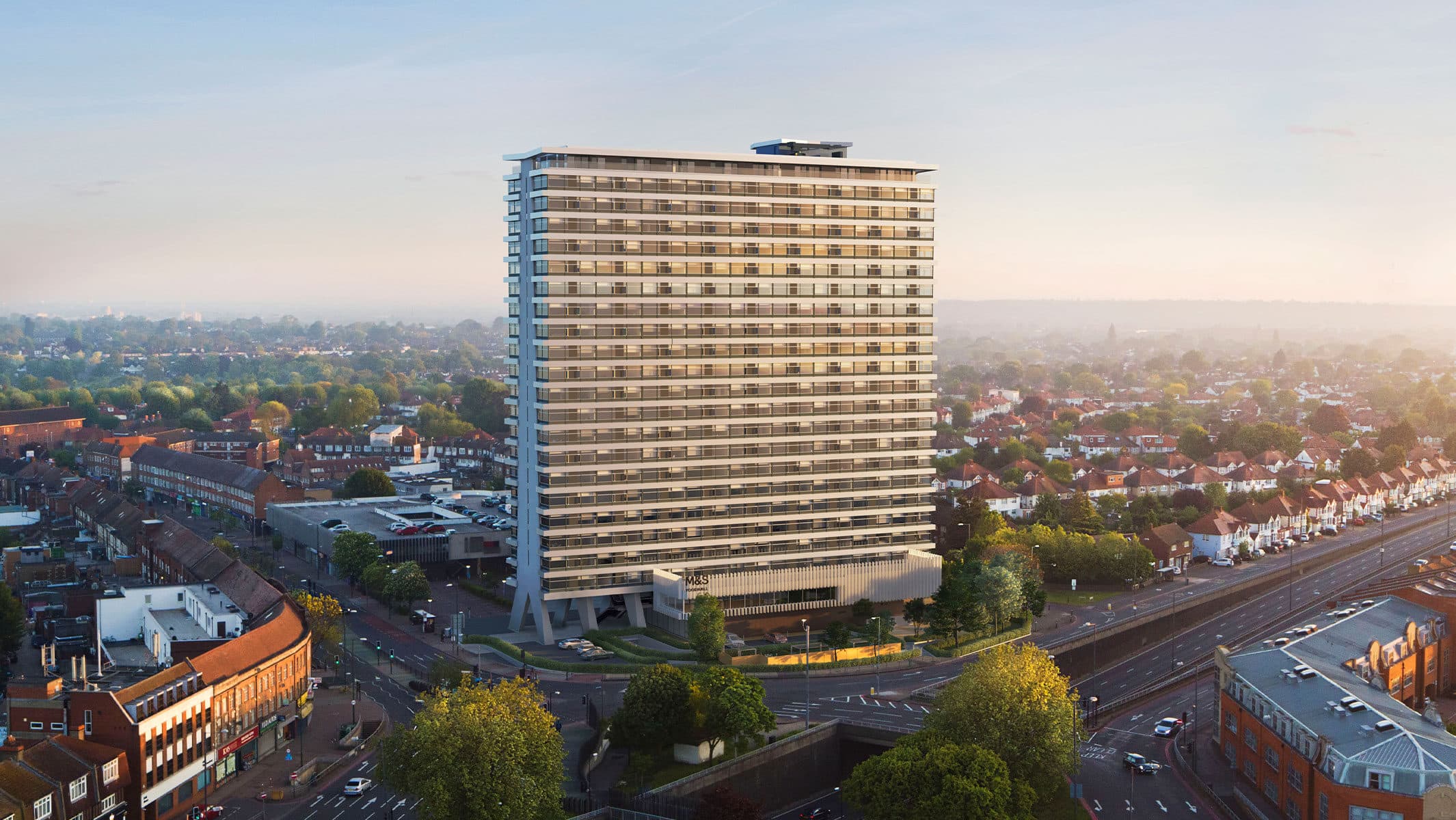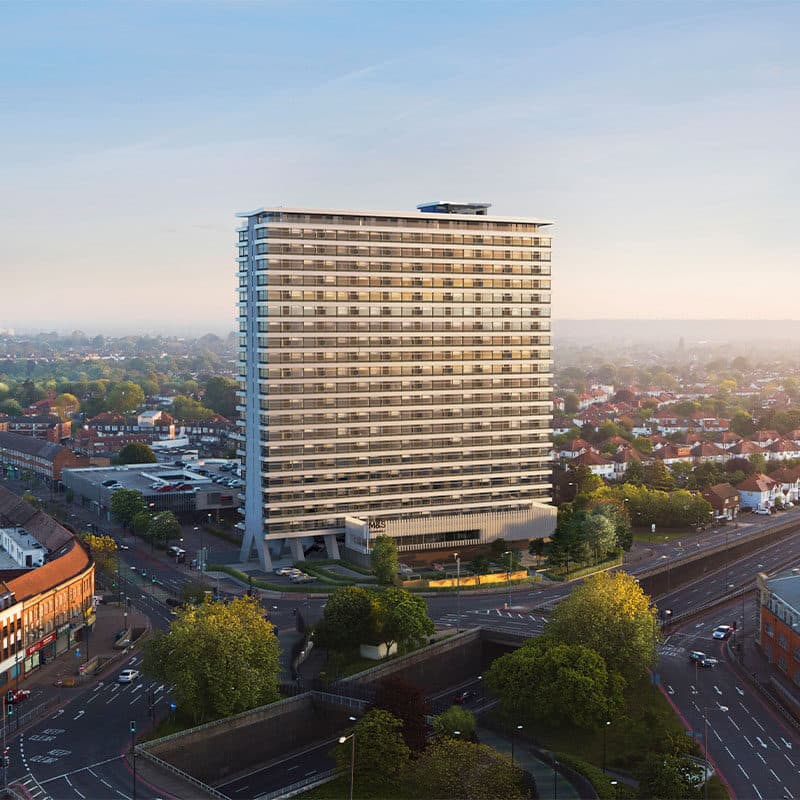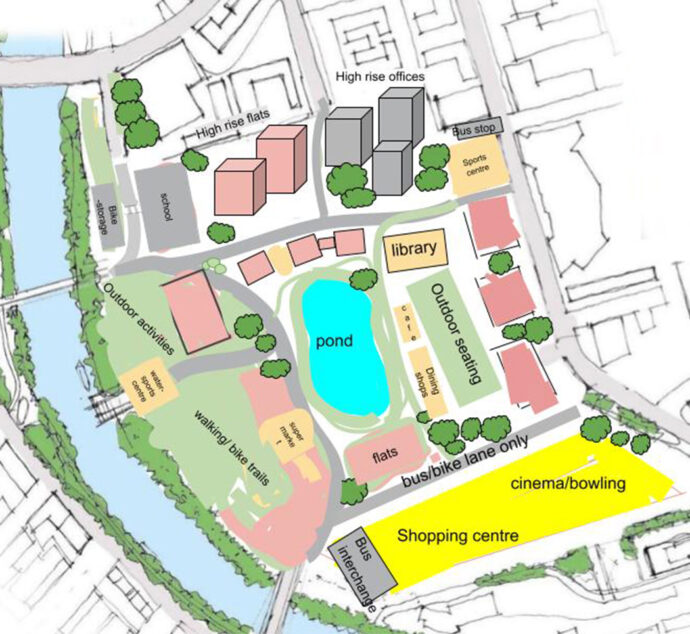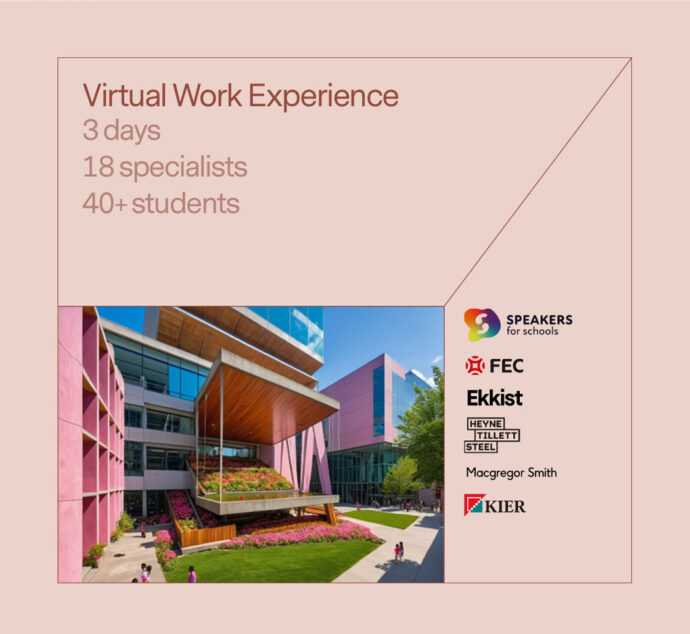“Change has never happened this fast before, and it will never be this slow again.” So wrote technology journalist Graeme Wood in 2009. How true.
If the last six months have taught us anything, life can change on a sixpence. On a global scale. Yet there’s nowt so fixed as bricks and mortar and the phrase ‘set in stone’ says it all. So what does this mean for the future of property and construction?
For those of you venturing back to work or just out in the quiet high-streets marvelling at the number of vacant units, take a look around you and muse at the future of these static environments that surround us. Retail vacancies in the UK are now at 11%, their highest level for six years and are rapidly rising, especially in Greater London.
If you own or manage large shopping centres or office developments, you are part of a growing army of head scratchers trying to fathom what comes next in the variable, post-lockdown world full of tension between fear of crowded spaces but a desperate need for engagement, interaction and a break away from the four walls that have held so many captive since March.
As designers, we have been increasingly encouraging building re-use and conversion of existing building stock to help retain embodied carbon within the ageing concrete structures so prolifically erected across our landscape after the war. But very few if any of these buildings were designed to be adapted. Adaptation of a building not designed for it on this scale is literally like ‘wrestling a tiger into a cage.’ A phrase I learned from my good friend Nick Corbyn, Head of Development at Fora. A phrase that has become as useful over time as ‘herding cats with a megaphone’. (What is it about feline inflexibility?) Converting the Tolworth Tower, a 22 storey 1960’s office block into 261 new residential dwellings is difficult, costly and time consuming. Yet it’s necessary. If we were to demolish and rebuild rather than retain, to offset the carbon currently locked within its concrete frame and floors we would need to plant 10 hectares of forest.
Thankfully post war era buildings, whilst heavily dependent upon copious amounts of concrete, were generally robustly engineered and can therefore support some adaptation. And anyone living in a Victorian terrace can pay testament to the inherent flexibility of structural external envelope and limited internal sheer walls. There’s a lot you can do with a few RSJ’s and a mallet.
Unfortunately, whether through financial pressure or sheer myopia, the more modern our buildings, the shorter their intended lifespan. Property has not been immune from our consumerist, throw-away attitudes and even some of the latest innovations in modular construction can add to a building’s future inflexibility. Short-term thinking restricts the long-term nature of buildings. Regardless of our individual tenure over a development, we each have a responsibility to take a long-term view and design for generations that will use these spaces long after ours have gone.
Things have got to change. Not just because we will otherwise miss our net carbon zero building targets and continue to wreak irrevocable damage on the planet and future generations, but because anything that is rigid will be swept away by the immovable force that is a constantly changing, dynamic demand.
With every new project we undertake we are beginning to ask ourselves and our clients the following questions:
- “Can we re-use any existing buildings on the site? If so, what are the limitations/opportunities to reaching your goals and what future adaptability can we design in?”
- “If there are no existing buildings, or they absolutely cannot be used, are you willing to invest in an adaptable building that might not immediately benefit you?”
- “If it is not adaptable, can it at least be demountable?” You get the picture.
Whilst we still struggle to convince some clients that investment in sustainable buildings and designing for the circular economy is worthwhile, there has been a significant step change in the industry. Funders, developers and occupiers now tend to agree that sustainable buildings are more valuable, more attractive and easier to sell on. The same will be true of adaptable buildings. No-one wants to be left with, or purchase a white elephant, but they will buy something inherently flexible, extendable and fluid that will stand the test of time and continue to be an income earning asset no matter what the use or demand. We now need to understand the value of that adaptability and define how it can be delivered in the most cost-effective manner. And Government needs to support the cause with sensible tax relief on refurbishment and conversion projects.
We are beginning to combine the latest innovations in automated ‘generative’ design, with in-house, purpose written algorithms that can rapidly test a multitude of options whilst you sleep; adaptable building technologies and component manufacturing with data capture and embodied carbon analysis to determine the true impact and legacy of our buildings. Using this data-driven approach, we are working with our sector experts to explore the opportunities and demand within our core areas of activity. This will be all the more fruitful, richer and successful if we can align with like-minded collaborators, whether owners, designers, contractors or thinkers. If you want to join us on this journey, please do get in touch and let’s wrestle these tigers together.
#3DReid










